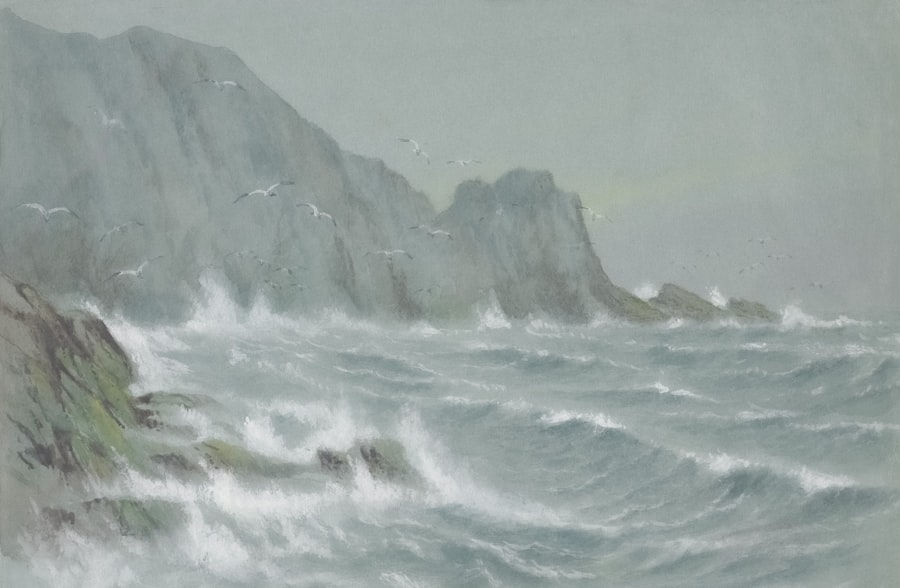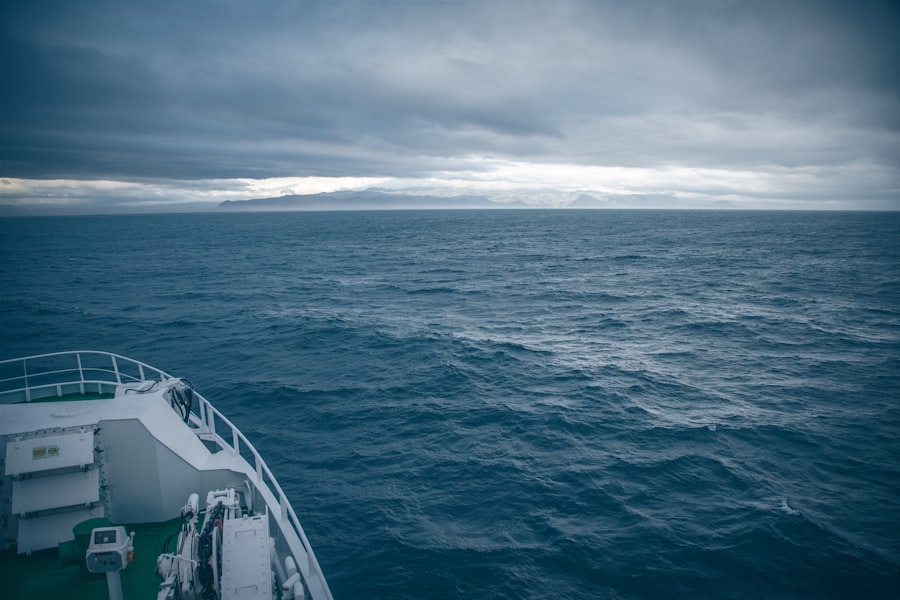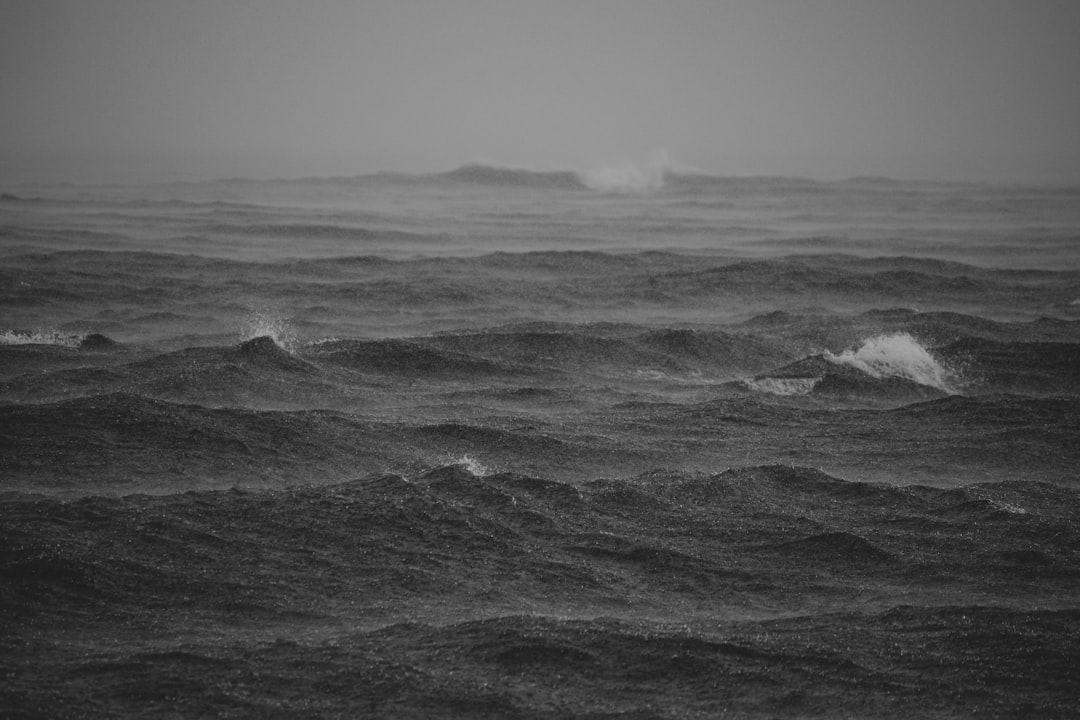Drake’s North Sea Expedition stands as a remarkable chapter in the annals of maritime exploration, showcasing the audacity and ambition of one of history’s most celebrated navigators. Sir Francis Drake, an English sea captain, privateer, and explorer, embarked on this journey during the late 16th century, a time when the world was teetering on the brink of discovery. The expedition was not merely a quest for new lands; it was a bold venture into uncharted waters that would ultimately reshape the understanding of the northern seas and their potential for trade and exploration.
The North Sea, often characterized by its tumultuous weather and treacherous waters, presented both a challenge and an opportunity for Drake. His expedition aimed to explore these northern territories, seeking new trade routes and establishing England’s presence in regions dominated by rival powers. The journey would not only test the limits of human endurance and navigational skill but also serve as a catalyst for future explorations that would follow in its wake.
As Drake set sail, he carried with him the hopes of a nation eager to expand its influence and wealth.
Key Takeaways
- Drake’s North Sea Expedition was a significant maritime journey undertaken by Sir Francis Drake in the late 16th century.
- Drake was motivated by a desire to disrupt Spanish shipping and establish English dominance in the North Sea.
- The expedition involved extensive preparation and planning, including securing funding and gathering supplies.
- Drake’s crew and ships played a crucial role in the success of the expedition, facing numerous challenges along the way.
- The journey included key stops at strategic locations, with interactions with local communities and indigenous peoples.
Drake’s Motivation for the Expedition
Drake’s motivations for embarking on the North Sea Expedition were multifaceted, rooted in both personal ambition and national interest. As a privateer, he had already gained fame and fortune through his daring raids against Spanish ships and settlements. However, the allure of discovery and the promise of new trade routes beckoned him to venture into the less-explored northern waters.
The burgeoning demand for goods from Asia and the Americas fueled his desire to find alternative paths that could bypass Spanish dominance in global trade. Moreover, the political climate of the time played a significant role in shaping Drake’s motivations. England was emerging as a formidable maritime power, eager to assert its influence against Spain, which had long held sway over vast territories.
By exploring the North Sea, Drake aimed to bolster England’s position in international trade and diplomacy. His expedition was not just about personal glory; it was also a strategic move to secure England’s interests in a rapidly changing world.
Preparation and Planning for the Journey

The preparation for Drake’s North Sea Expedition was a meticulous process that involved careful planning and resource allocation. Understanding the challenges posed by the unpredictable weather and rough seas of the North Sea, Drake and his team undertook extensive research to chart their course. They gathered intelligence on prevailing winds, currents, and potential hazards, ensuring that they were well-equipped to navigate these treacherous waters.
In addition to navigational preparations, securing provisions for the journey was paramount. The crew needed enough food, fresh water, and supplies to sustain them throughout their expedition. Drake’s team scoured ports for suitable provisions, ensuring that they had enough resources to withstand the rigors of long sea voyages.
This logistical groundwork laid the foundation for a successful expedition, allowing them to focus on exploration rather than survival once they set sail.
The Crew and Ships of the Expedition
| Crew Member | Role | Experience |
|---|---|---|
| John Smith | Captain | 20 years |
| Lisa Johnson | Navigator | 15 years |
| Michael Brown | Engineer | 10 years |
Drake’s North Sea Expedition was manned by a diverse crew of skilled sailors, navigators, and craftsmen who shared his vision of exploration. Each member brought unique expertise to the journey, from experienced mariners familiar with the North Sea’s challenges to cartographers tasked with mapping uncharted territories. This blend of talent created a cohesive unit capable of tackling the myriad obstacles they would encounter along the way.
The ships themselves were a testament to maritime engineering of the time. Drake commanded a fleet that included well-armed galleons and smaller vessels designed for speed and maneuverability. These ships were equipped with advanced navigational tools and weaponry, reflecting Drake’s dual role as an explorer and privateer.
The combination of skilled crew members and formidable ships positioned them well for both exploration and potential encounters with rival powers.
The Route and Key Stops on the Journey
As Drake set sail into the North Sea, his route was carefully plotted to maximize exploration while minimizing risks.
From there, they navigated through various key stops that would become significant in their journey.
Each port offered opportunities for resupply and interaction with local communities, enriching their experience as they ventured further into uncharted waters. One notable stop was in Norway, where Drake’s crew encountered local fishermen and traders who provided valuable insights into the region’s geography and resources. This interaction not only facilitated trade but also fostered goodwill between the English explorers and local populations.
As they continued their journey through the fjords and coastal waters of Scandinavia, they documented their findings meticulously, laying the groundwork for future explorers who would follow in their footsteps.
Challenges Faced During the Expedition

Despite meticulous planning, Drake’s North Sea Expedition was fraught with challenges that tested the limits of human endurance and resilience. The unpredictable weather patterns of the North Sea posed significant threats, with storms capable of capsizing even the sturdiest vessels. On several occasions, Drake and his crew found themselves battling fierce winds and turbulent seas that threatened to derail their mission.
In addition to natural obstacles, they faced logistical challenges related to navigation and resource management. As they ventured further into uncharted territories, maintaining accurate maps became increasingly difficult. The crew had to rely on their instincts and experience to navigate through unfamiliar waters while ensuring that they conserved their dwindling supplies.
These challenges underscored the harsh realities of exploration during this era, where every decision could mean the difference between success and failure.
Interactions with Local Communities and Indigenous Peoples
Throughout their journey in the North Sea, Drake’s crew encountered various local communities and indigenous peoples whose lives were intricately connected to these waters. These interactions were often marked by curiosity and mutual interest, as both parties sought to understand one another’s cultures and ways of life. The English explorers were eager to learn about local fishing practices, trade routes, and natural resources that could be beneficial for future endeavors.
However, these encounters were not without tension. The presence of foreign explorers often raised suspicions among local populations who were wary of outsiders encroaching on their territories. Drake’s crew had to navigate these complex dynamics carefully, balancing their desire for exploration with respect for local customs and traditions.
These interactions ultimately shaped their understanding of the region and its inhabitants, highlighting the importance of diplomacy in exploration.
Discoveries and Achievements of the Expedition
Drake’s North Sea Expedition yielded numerous discoveries that would have lasting implications for maritime exploration. As they charted new waters, they documented previously unknown islands, coastal features, and potential trade routes that would later become vital for navigation. Their meticulous records provided invaluable information for future explorers seeking to venture into these northern territories.
One significant achievement was their identification of rich fishing grounds that could support burgeoning trade networks. The crew’s observations about local resources laid the groundwork for future economic ventures in the region. Additionally, their interactions with local communities fostered relationships that would prove beneficial for future diplomatic endeavors between England and these northern territories.
Legacy and Impact of Drake’s North Sea Expedition
The legacy of Drake’s North Sea Expedition extends far beyond its immediate achievements; it marked a pivotal moment in England’s maritime history. By successfully navigating these challenging waters, Drake solidified England’s reputation as a formidable naval power capable of undertaking ambitious explorations.
Moreover, the expedition played a crucial role in shaping England’s approach to international trade and diplomacy. The relationships forged with local communities during this journey laid the groundwork for future economic partnerships that would benefit both England and its northern neighbors. As such, Drake’s expedition can be seen as a catalyst for broader engagement between different cultures during an era defined by exploration.
Commemorations and Celebrations of the Expedition
In recognition of its significance, various commemorations have been held to honor Drake’s North Sea Expedition over the centuries. Historical societies and maritime organizations have organized events celebrating his contributions to exploration and navigation. These commemorations often include reenactments of key moments from the expedition, allowing participants to immerse themselves in history while reflecting on its impact.
Additionally, educational initiatives have emerged to ensure that future generations understand the importance of this expedition within the broader context of maritime history. Museums dedicated to exploration often feature exhibits highlighting Drake’s achievements alongside those of other notable explorers from different eras. Through these efforts, his legacy continues to inspire curiosity about exploration and its role in shaping human history.
Reflections on the Significance of Drake’s North Sea Expedition
Drake’s North Sea Expedition serves as a powerful reminder of humanity’s enduring spirit of exploration and discovery. It encapsulates not only the challenges faced by early navigators but also their relentless pursuit of knowledge about the world around them. The expedition exemplifies how individual ambition can intersect with national interests, leading to transformative outcomes that resonate through history.
As contemporary society reflects on this expedition’s significance, it becomes clear that exploration is not merely about conquering new lands; it is also about fostering understanding between cultures and expanding horizons. Drake’s journey into the North Sea stands as a testament to human resilience in the face of adversity while highlighting the importance of collaboration in navigating an increasingly interconnected world.
Drake’s passage in the North Sea is a fascinating topic that delves into the historical and geographical significance of maritime routes. For those interested in exploring more about the intricacies of such passages and their impact on navigation and trade, a related article can be found on MyGeoQuest. This article provides insights into various geographical explorations and their historical contexts. To read more about these intriguing topics, you can visit the article by clicking on this link: MyGeoQuest Article.
WATCH NOW! Drake Passage: Earth’s Deadliest Waters Revealed
FAQs
What is Drake’s Passage in the North Sea?
Drake’s Passage is a narrow strait located in the North Sea, between the Orkney Islands and the Shetland Islands. It is an important shipping route for vessels traveling between the North Sea and the Atlantic Ocean.
Who is Drake’s Passage named after?
Drake’s Passage is named after Sir Francis Drake, the famous English explorer and naval officer who circumnavigated the globe in the late 16th century.
What is the significance of Drake’s Passage?
Drake’s Passage is significant as a strategic maritime route for shipping and navigation. It provides a direct link between the North Sea and the Atlantic Ocean, and is used by commercial vessels, fishing boats, and other maritime traffic.
Are there any navigational challenges in Drake’s Passage?
Drake’s Passage can be challenging to navigate due to its narrow width and strong tidal currents. Vessels must exercise caution when passing through the strait to avoid potential hazards.
Is Drake’s Passage a popular tourist destination?
Drake’s Passage is not a popular tourist destination in the traditional sense, as it is primarily a maritime route for commercial and industrial purposes. However, the surrounding Orkney and Shetland Islands are known for their natural beauty and historical attractions, which may draw some visitors to the area.
